A student asks for recommendations for a violin piece (with or without piano) written in the last 15 years. Paul Dresher’s Double Ikat is a little too long in the tooth by this point, and I’m having trouble coming up with compelling, more recent examples. So I bring it to you. Personally, I’d be much more interested in something arguably postclassical than in the usual high-modernist glop, but I suppose anything post-1992 would fulfill the assignment.
UPDATE: Please, feel free to recommend your own works. I’m gonna keep talking about my music, go ahead and talk about yours.

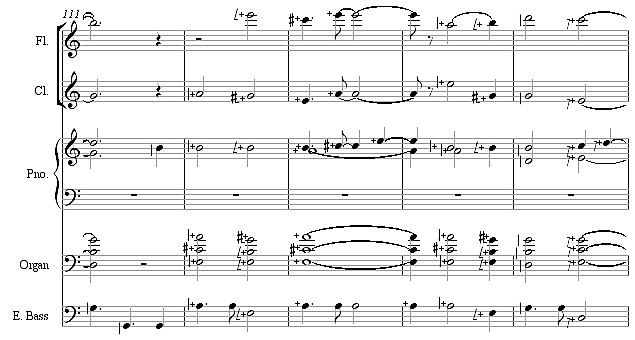
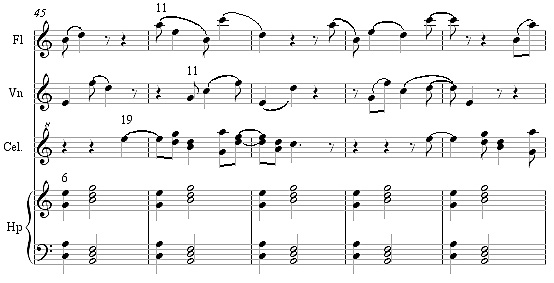
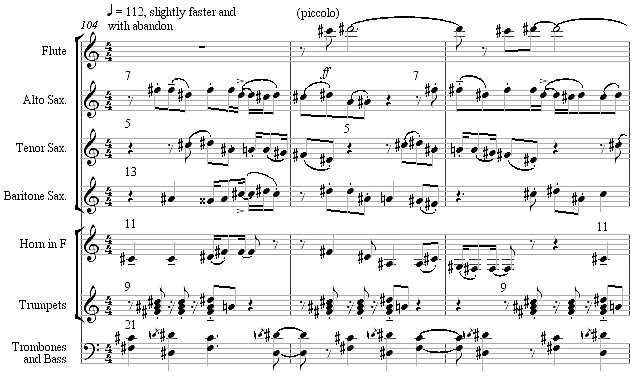
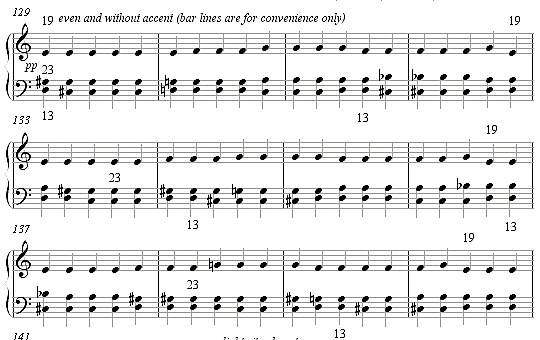
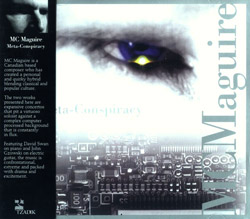 I promised you
I promised you